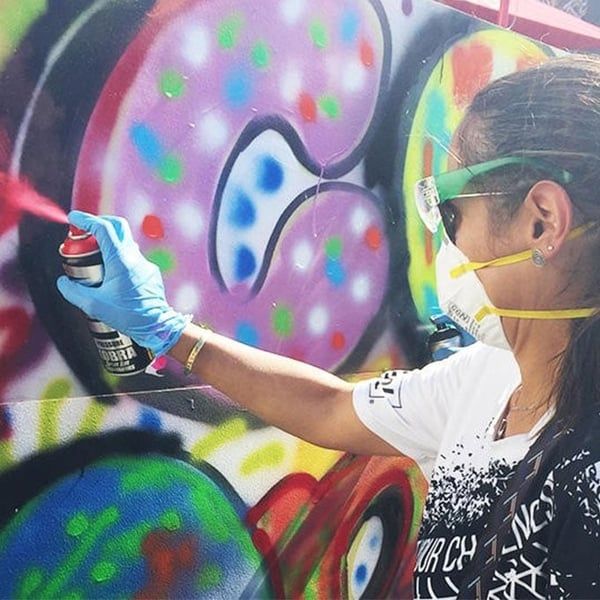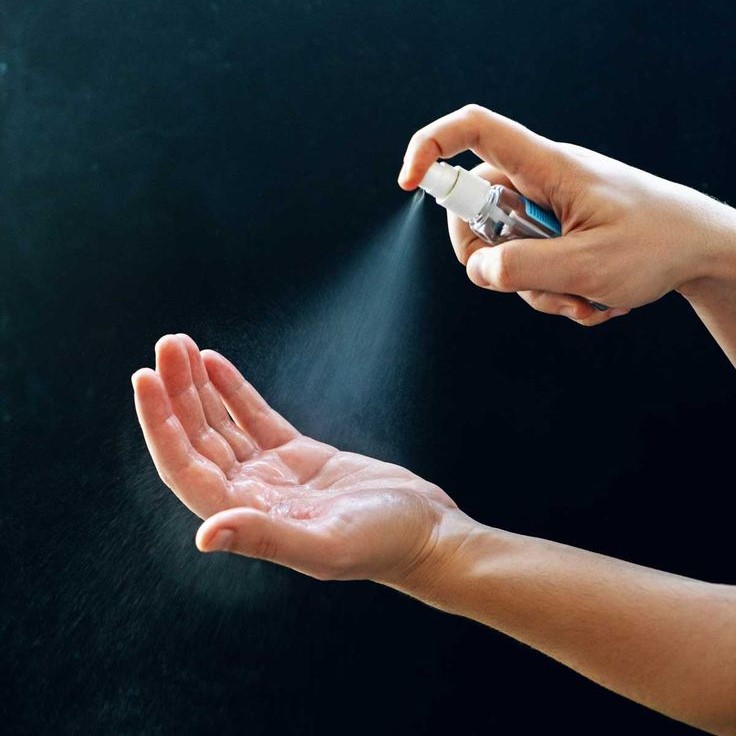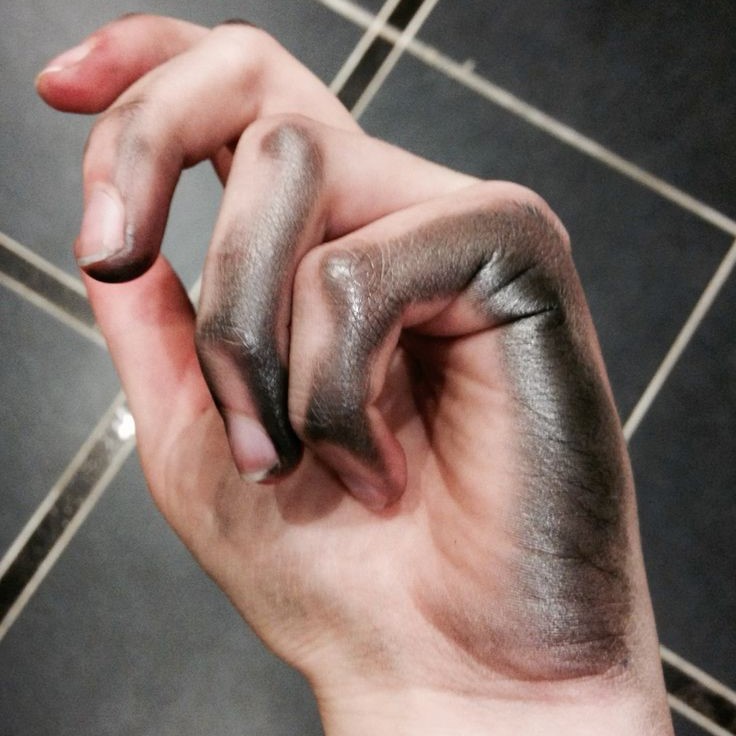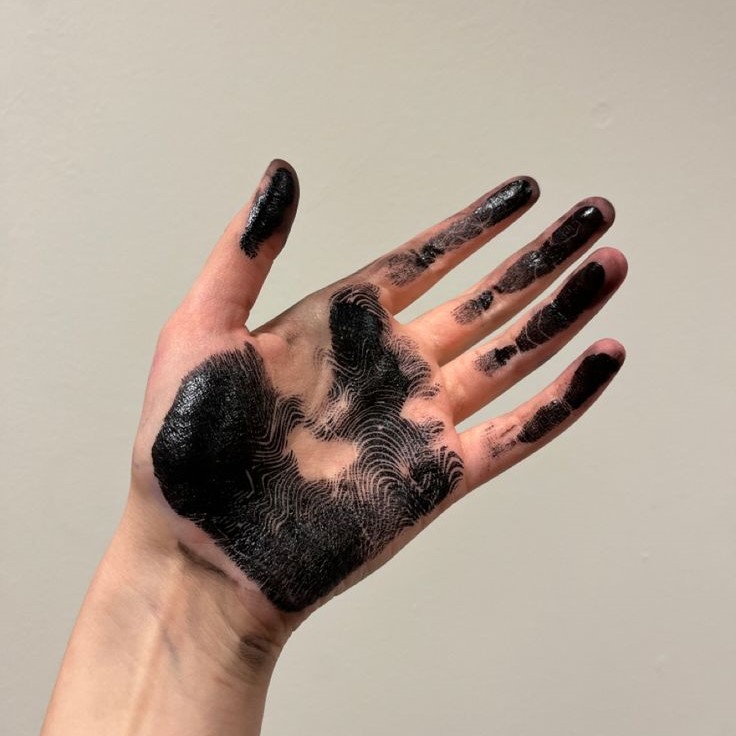Introduction
Crafting can be a delightful and rewarding endeavor, but it often comes with the potential for messy accidents—especially when spray paint is involved. Whether you’re working on DIY home decor, refurbishing furniture, or creating art, it’s all too easy to find traces of spray paint on your skin. If you are now in this predicament, you might be asking, how to get spray paint off skin quickly? Thankfully, there are numerous techniques and remedies available to help you effectively and swiftly remove paint without damaging your skin. In this article, we will explore several methods ranging from household products to specialized paint removers, ensuring you can tackle this sticky situation with ease.

Understanding the Challenge of Removing Spray Paint
Spray Paint Adhesion
- Designed to Stick: One of the main challenges in removing spray paint from skin is its strong adhesive properties. Spray paint is made to cling to surfaces, which can make it particularly persistent on skin.
- Quick Drying: Many spray paints dry quickly to facilitate speed during projects. While this is advantageous in the application, it often complicates cleanup if you happen to get paint on your skin.
Skin Sensitivity and Health Concerns
- Potential Irritants: Several chemicals found in spray paints can irritate the skin. Therefore, knowing how to remove the paint safely without causing harm is essential.
- Protecting Your Skin: Some methods for removal may involve strong solvents that can lead to further irritation or dryness if not applied carefully. It’s important to choose gentle methods where necessary.
Prevention Tips to Avoid Paint Mishaps
While knowing how to get spray paint off skin is useful, preventing the paint from getting on your skin in the first place is even better. Here are some practical tips to keep in mind:
Protective Gear
- Wear Gloves: Before starting your project, put on disposable gloves to shield your skin from paint. This simple step can save you a lot of trouble later.
- Cover Up: Wearing old clothes and long sleeves will further protect your skin from any accidental overspray.
- Utilize Drop Cloths: Setting up a drop cloth or newspaper under your workspace will also help contain splatters and spills.
Quick Cleanup
- Immediate Attention: If you notice paint on your skin while working, tackle it right away to minimize the stain.
- Keep Cleanup Supplies Nearby: Have some paper towels, wipes, or a cleaning solution handy during the project so you can quickly address any spills.
Effective Methods to Remove Spray Paint
Now that you’re aware of the challenges and prevention tips, let’s dive into the most effective methods for removing spray paint from skin. These techniques range from household items to specialized products, all aimed at making your cleanup as easy and safe as possible.
1. Soap and Warm Water
- The Classic Solution: One of the simplest and most effective methods is to use warm, soapy water to clean the affected area, especially if the paint is fresh.
- How to Use: Start by running the stained skin under warm water to loosen the paint. Apply a generous amount of soap to the area and gently scrub in circular motions using a cloth or sponge. Rinse thoroughly, and if necessary, repeat the process until the paint is removed.
2. Oil-Based Solutions
- Natural Oils: Oils can be a powerful ally in removing paint. You can use cooking oils (like olive or vegetable oil) or baby oil.
- Application Method:
- Apply a small amount of oil directly to the paint-stained skin.
- Using a clean cloth or cotton ball, rub the oil into the affected area until the paint begins to break down.
- Wipe away with a clean cloth, and follow up with soap and water to wash away any oil residue.
3. Rubbing Alcohol or Hand Sanitizer
- Alcohol-Based Solutions: Rubbing alcohol is effective for removing dried spray paint, thanks to its solvent properties.
- How to Use:
- Soak a cotton ball or cloth with rubbing alcohol.
- Gently rub the area with the paint, applying light pressure until the paint starts to lift.
- Once the paint is gone, wash the area with soap and water to eliminate any remaining alcohol.
4. Nail Polish Remover
- Acetone’s Effectiveness: Nail polish remover containing acetone can help remove paint from skin, especially for tougher spots.
- Procedure:
- Soak a cotton ball in nail polish remover, making sure it’s saturated but not dripping.
- Press the cotton ball onto the paint stain for a few seconds to allow it to penetrate the paint.
- Wipe away the paint gently, then wash the area with soap and water.
5. Commercial Paint Removers
- Specialized Products: There are commercial products designed specifically for removing paint from skin. These typically come in wipes or liquids.
- Important Precautions: Always read the instructions on the label carefully before use. Make sure that the product is safe for skin to avoid any irritation.
- Application Advice: Apply the remover to a cloth, and gently rub it on the stained area. Follow up with a thorough wash using soap and water.
Caring for Your Skin After Paint Removal
After successfully removing spray paint from your skin, it’s important to consider aftercare to ensure your skin stays healthy and moisturized:
Moisturization
- Apply Lotion: After cleansing your skin, apply a gentle, fragrance-free moisturizer to hydrate your skin. This helps replenish moisture that may have been lost during the removal process.
- Avoid Irritants: If you experience redness or irritation after paint removal, avoid using scented lotions or products containing alcohol until your skin heals.
Gentle Cleansing
- Mild Soaps: Use a mild, hydrating soap for cleansing in the days following paint removal. This will help prevent irritation on sensitive skin.
- Avoid Rough Scrubbing: Be gentle when washing the area where the paint was removed to promote healing without causing additional irritation or discomfort.
Quick Recap of Removal Techniques
To help you remember the techniques discussed, here’s a recap on how to get spray paint off skin quickly:
Immediate Action: Responding to Paint Spills Quickly
- Timely Intervention: It’s crucial to address any paint spills as soon as they happen. The longer the paint sits on the skin, the more difficult it can become to remove. Therefore, acting promptly is essential for effective cleanup.
- Warm, Soapy Water: For most paint spills, start by using warm, soapy water. Mix a gentle liquid soap with warm water, then soak a clean cloth or sponge in the mixture. Apply it directly to the paint-stained area to break down the paint’s adhesion to the skin.
- Gentle Rubbing: As you apply the soapy water, gently rub the stained area in circular motions. This helps lift the paint off the skin without causing irritation. Be careful not to scrub too hard; the goal is to loosen the paint while protecting your skin.
Effective Home Remedies for Stubborn Stains
- Cooking Oil: If soap and water aren’t enough, try using cooking oil, such as olive or vegetable oil. Apply a small amount of oil to a cotton ball or clean cloth, and gently rub it onto the paint stain. The oil will help dissolve the paint’s components, making it easier to remove.
- Rubbing Alcohol: Rubbing alcohol is another highly effective option for tough paint stains. Dampen a cloth or cotton ball with rubbing alcohol, then gently blot or rub the stained area. Rubbing alcohol breaks down paint, allowing for easier removal.
- Nail Polish Remover: Acetone-based nail polish remover can also be used for stubborn paint stains. Apply a small amount to a cotton ball and gently dab it on the affected area. However, be cautious, as acetone can be drying to the skin. Always rinse the area with soap and water afterward.
Commercial Options: Specialized Paint Removers
- Exploring Paint Removers: For those persistent stains that resist home remedies, consider exploring specialized paint removers designed specifically for skin. These products are formulated to safely break down paint without harming the skin.
- Reading Instructions Carefully: Always read the instructions provided with any commercial remover. Understanding how to use the product effectively and safely is key to successful stain removal.
- Testing on a Small Area: Before applying any commercial paint remover, perform a patch test on a small, inconspicuous area of skin. This helps ensure that the product won’t cause any irritation or adverse reactions.
Post-Removal Care: Maintaining Skin Health
- Moisturizing Your Skin: After successfully removing paint from your skin, it’s vital to moisturize the area. Apply a gentle lotion or moisturizer to help replenish lost moisture and soothe any irritation that may have occurred during the removal process.
- Using Gentle Cleansing Methods: When washing the skin after paint removal, opt for gentle cleansing methods. Use a mild, fragrance-free soap to avoid further irritation. Avoid harsh scrubs or exfoliants, which can damage the skin barrier.
- Monitoring Skin Condition: After removal, keep an eye on the affected area for any signs of redness, swelling, or sensitivity. If any adverse reactions occur, consider consulting a dermatologist for appropriate advice and treatment.
Conclusion
Dealing with spray paint on skin can be a frustrating experience, especially if you’re caught up in the excitement of your DIY project. However, knowing how to get spray paint off skin quickly and effectively can transform this challenge into a manageable task. With the methods outlined in this article, you can approach your crafting projects with confidence, assured that any mishaps can be easily rectified.
Whether you choose to stick with traditional soap and water, or you try one of the more vigorous methods like rubbing alcohol or commercial paint removers, your cleanup process is now within reach. Just remember to take the proper precautions to prevent future mishaps and maintain the health of your skin. Happy crafting, and here’s to many mess-free projects ahead!



